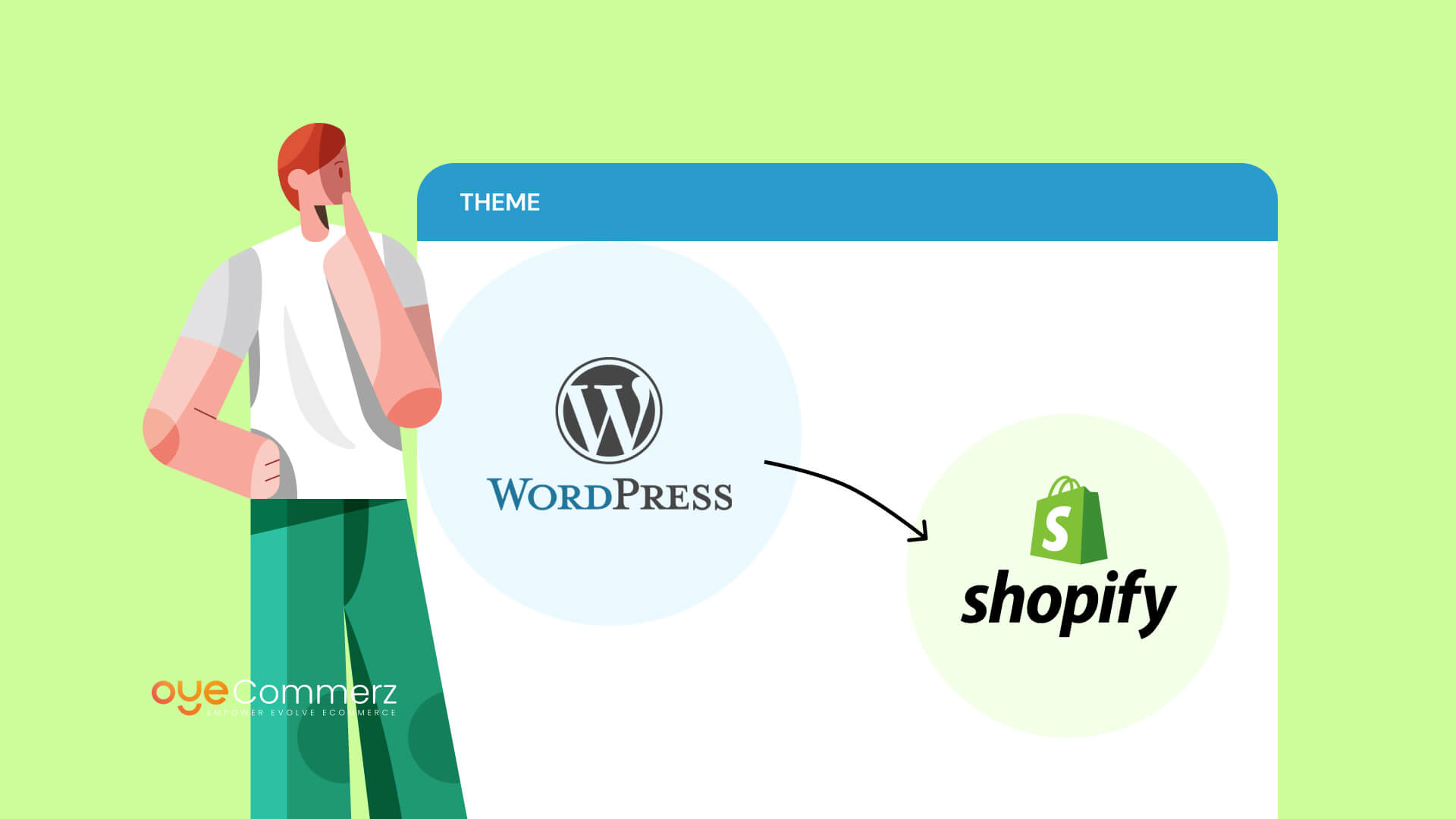An e-commerce platform's success is defined by its scalability, adaptability, and ability to offer seamless experiences to customers.
Migrating from WordPress to Shopify is often driven by the need for improved performance, enhanced capabilities, and a robust foundation for growth.
This guide outlines the essential steps, strategies, and insights to ensure your migration to Shopify is successful and disruption-free.
Introduction: Why Migrate from WordPress to Shopify?
While WordPress offers versatility, its reliance on multiple plugins often creates hurdles for scaling.
Shopify caters to businesses of all sizes with robust features, enterprise-grade security, and growth-focused solutions.
As of 2024, Shopify powers over 4.5 million online stores worldwide, solidifying its position as a leader in e-commerce.
Migrating to Shopify brings advantages such as streamlined order processing, advanced payment features, and better mobile responsiveness.
Let’s dive into the key steps to migrate seamlessly.
Step 1: Assess Your E-Commerce Needs
Begin with a detailed assessment of your store’s strengths, weaknesses, and goals.
Identify bottlenecks such as sluggish performance or excessive reliance on third-party tools.
Shopify’s native functionalities, including Shopify Payments and pre-built themes, simplify operations and boost performance.
Step 2: Develop a Detailed Migration Strategy
An unorganized migration process may cause disruptions, data mishandling, or extended delays.
To minimize risks, prioritize critical components such as customer records, product catalogs, and transaction data.
Leverage Shopify’s in-built tools and external integrations to handle data migration securely and efficiently.
Step 3: Tailor Your Shopify Experience
Create a brand-consistent shopping experience using Shopify’s versatile customization tools.
Browse the Shopify Theme Store for templates or modify them to enhance user experience.
Themes such as “Impulse” or “Prestige” deliver visually stunning layouts and powerful features.
If you’re an enterprise business, Shopify Plus customization takes your branding to the next level.
Oyecommerz specializes in crafting Shopify Plus themes that align with enterprise-level e-commerce needs.
Step 4: Safeguard Your Search Engine Optimization
Maintaining your SEO settings is crucial to keeping your website visible in search results.
Shopify offers URL redirection to ensure that your visitors land on the right pages.
Optimize metadata and link to Google Analytics for seamless SEO tracking on Shopify.
Studies show that overlooking SEO during migration often leads to a drop in site traffic.
Step 5: Leverage Shopify’s App Ecosystem
The Shopify App Store provides a wide range of applications to improve your store’s capabilities.
Integrate apps such as Klaviyo for targeted email campaigns or Yotpo for showcasing user reviews.
Use Shopify API integrations to connect your store with external systems effortlessly.
Oyecommerz specializes in creating tailored integrations to meet your business's unique operational needs.
Step 6: Optimize for Mobile Users
Mobile shopping now represents over half of online purchases, emphasizing the need for mobile-friendly design.
Every Shopify theme is built to Seamless store migration with Shopify adapt seamlessly to different screen sizes and devices.
Shopify’s payment options, like Shop Pay, offer a quick and frictionless checkout experience.
Focus on streamlined navigation and speed to maximize mobile sales potential.
Step 7: Empower Your Team with Shopify Training
While Shopify’s interface is user-friendly, training your team ensures a smoother transition.
Ensure your team knows how to handle inventory, process orders, and analyze reports.
Team training boosts confidence and efficiency in using Shopify’s advanced functionalities.
Step 8: Verify Store Readiness Pre-Launch
Test your store rigorously to ensure all systems function smoothly before launching.
Check for broken links, missing redirects, and accurate product details.
Simulate purchases to confirm your store’s payment methods and checkout flow are problem-free.
A well-tested store provides users with a flawless shopping experience from the start.
Step 9: Announce Your New Store Boldly
Turn your platform switch into a marketing event to attract attention and retain customers.
Send personalized emails and post updates on social media to announce your improved store.
Showcase features like faster load times and a secure checkout to build trust and excitement.
Conclusion: Empower Your Business with Shopify
Transitioning to Shopify represents an opportunity to reimagine your e-commerce strategy.
With its powerful ecosystem and enterprise-ready features, Shopify positions your business for sustained success.
For businesses of any size, Shopify offers unparalleled support for achieving How to migrate from WordPress to Shopify e-commerce goals.
Oyecommerz, a certified Shopify Plus partner, guarantees a seamless and effective transition.
Trust Oyecommerz to make your migration stress-free and maximize your store’s capabilities.
Ready to elevate your e-commerce strategy with Shopify? Let’s discuss your journey to success.

Comments on “Transitioning from WordPress to Shopify: The Definitive Guide for E-commerce Success”